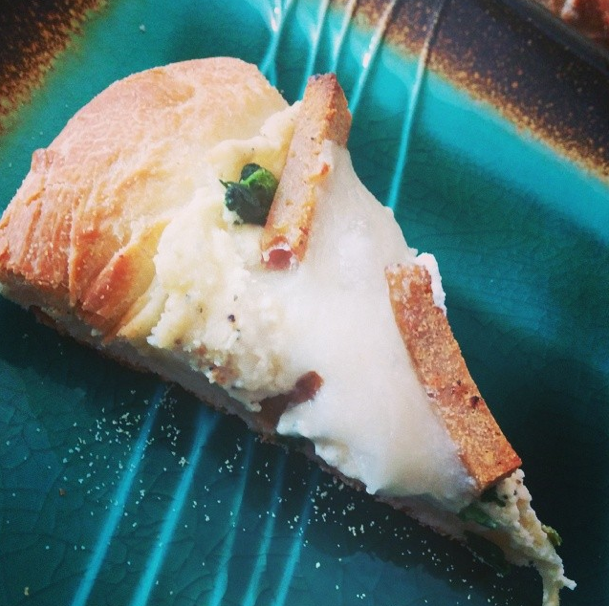Farmed animal sanctuaries are their own kind of special, because while vegans obviously respect and care for animals of all species and walks of life, we find ourselves impacting and defending farmed animals the most. To have a personal connection to the animals we work so hard to help is nothing short of powerful.
So, here are my 6 reasons everyone should visit an animal sanctuary. Of course, I've peppered the post with pictures from my visits to sanctuaries.
 |
| Near the entrance of Jungle Friends Primate Sanctuary in Gainesville, Florida. |
- Having
firsthand experience with the animals you defend on a day to day basis
makes your argument stronger. If you have seen the scared, disturbed
eyes of a monkey saved from medical testing or have rubbed an 800 lb.
pig's belly as she rolled over for pets, then it's a lot easier to
defend these beautiful creatures in casual conversation.
Dylan the steer enjoying stratches from my husband at Woodstock Farm Animal Sanctuary near Woodstock, New York. - Profile pictures. Yeah, you COULD use a selfie in your bathroom with
your favorite Herbivore shirt on. Nothing wrong with that. But for real
vegan cred, use a picture of a cow licking your nose (or, in my case, a
mustang eating my hair).

You didn't think I was joking, right? At C.J. Acres in Keystone Heights, Florida - You'll
make so many new friends. Especially if you choose to volunteer
instead of taking a tour, you will have the opportunity to meet all of
the wonderful animals (both human and nonhuman), and form lasting
relationships with them.

Athena is a particularly friendly little goat. At C.J. Acres in Keystone Heights, Florida. - It can be a great workout. Why go to the gym when you can muck stalls, move bales of hay, chop a hundred pounds of vegetables and socialize with goats?
- You
really are making a difference. Even if you only volunteer once every
month or so, you are changing these animals' lives and making life
easier for those who work hard every day on their behalf. Not only that,
but the education you receive at a sanctuary is something you will
spread, and it will change you.

She was so exciting that we cleaned out her coop that she started making a nest as soon as we put down the new bedding. Woodstock Farm Animal Sanctuary near Woodstock, New York. - Nothing
strengthens your ideals more than actually working hands on with the
animals you love and defend so much. If you find your strength wavering,
or if you are on the fence with veganism and animal rights, pop on some
(leather free) work boots and get your butt over to the nearest
sanctuary. Once you see the horrible things that humans do to animals of
all kinds, it's impossible to waver anymore.

Ducks! At C.J. Acres in Keystone Heights, Florida - Visiting an animal sanctuary can make for a fantastic vacation. Many sanctuaries have some form of lodging on site. Some even have a full on vegan bed and breakfast. The money goes to a good cause, and they make for fun and unique trips where you can help animals in need and relax at the same time. My husband and I took our honeymoon at Woodstock Farm Animal Sanctuary and had a wonderful time.


























